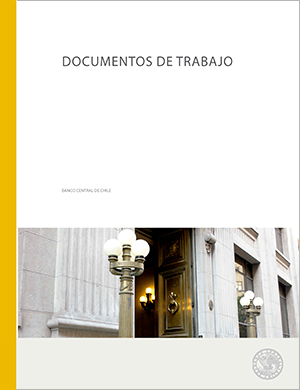Working papers N° 573: On the Quantitative Effects of Unconventional Monetary Policies
Publications
Working papers N° 573: On the Quantitative Effects of Unconventional Monetary Policies
Autor: Javier Garcia-Cicco
Description
This paper quantitatively evaluates the effects of several unconventional monetary policies. In particular, a new Keynesian model of a small-open economy is extended to include a liquidity premium, deviations from the uncovered interest rate parity condition, and a premium in the term structure of interest rates; allowing the Central Bank to set, in addition to the policy rate, the stock of base money, debt at different maturities and foreign assets. The model is calibrated to the case of Chile. We find that policies affecting the liquidity channel can potentially have a big effect, but they depend on expectations about the future policy rate. On the other hand, alternatives working through the term premium have smaller effects, but they are less dependent on the expected path of the reference rate. We also study the possibility of undoing the unconventional policy as a potential exit strategy, with results indicating that this alternative may induce a significant slowdown, particularly if it is anticipated. Finally, we also consider the alternative of driving down and holding the policy rate in its lower bound. While this policy can also be greatly expansionary, credibility issues regarding the promise of keeping the rate low for some time can severely undermine these effects.
Working papers N° 573: On the Quantitative Effects of Unconventional Monetary Policies
Boxes and graphics

